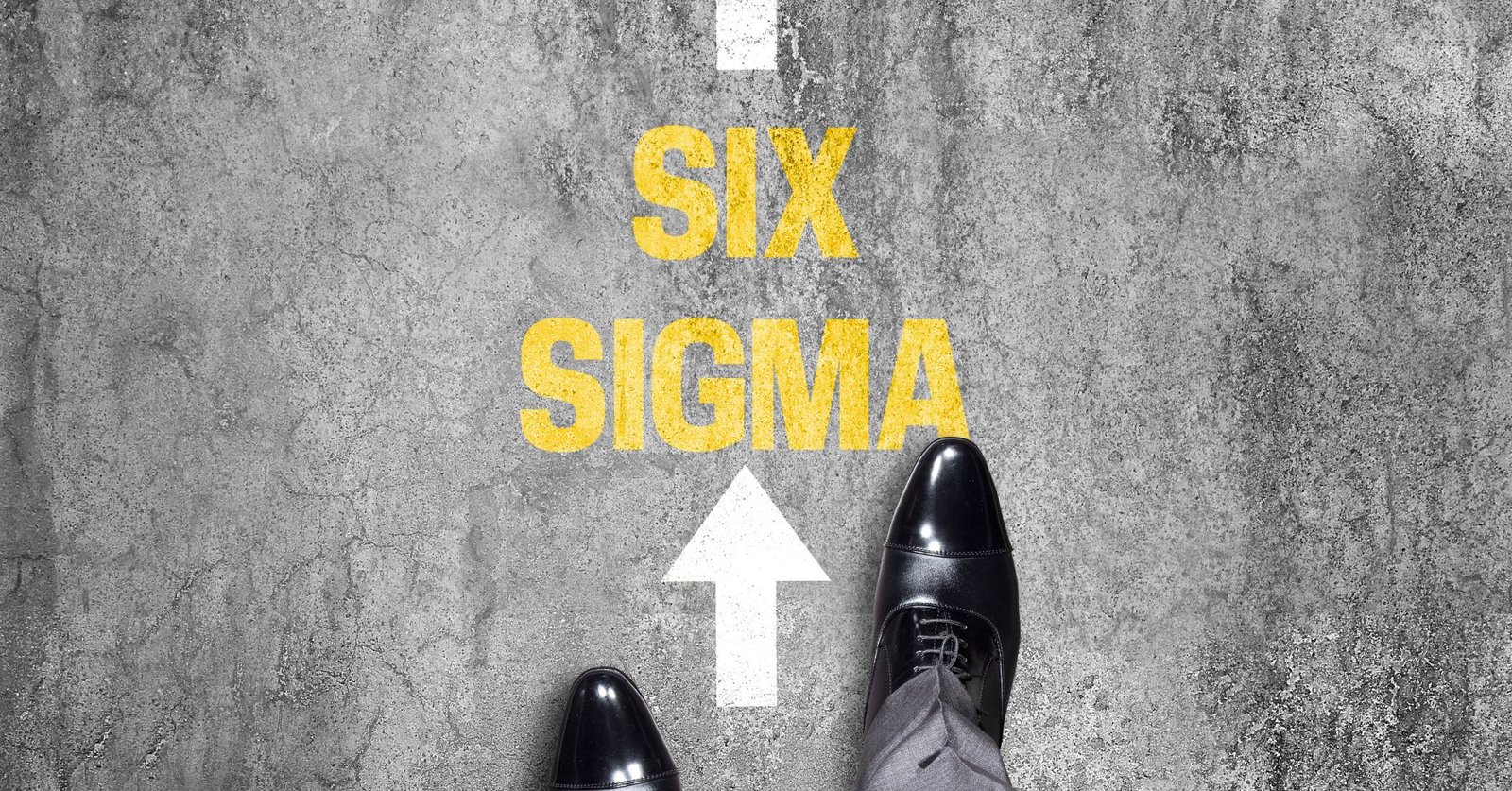Take a break. Take a… Wait, no, this isn’t a Kit Kat commercial. But it is a critical reminder of the remarkable power of dishabituation.
The habits we form can help us process information with less effort with a little “mental automation”. If you’ve read James Clear’s Atomic Habits, you may have also put some positive habitual tactics to good use in staying focused. I loved many of the ideas from this book, including creating an environment more conducive to productivity and using one device for one purpose, such as your laptop for work, your phone for social media, and your tablet for online shopping.
However, there’s a shadow over habit-building that needs some illumination. Neuroscientist and author Tali Sharot explains that habituation is the “tendency of neurons to fire less and less in response to things that are constant”. This idea is evident in our sensory adaptations. For example, living in a cold climate can make the chill less noticeable. One US Army experiment from 1961 showed that after soldiers were kept in artificially-created cold conditions for 8 hours per day over 31 days, they shivered less, and their body temperatures decreased following an acclimatisation period.
Habituation helps us adjust to situations and, in business, can boost process efficiency. The Lean Six Sigma principles are essentially built on reducing variation and increasing repetition to streamline processes.

On the flip side, the same habituation can prevent us from gaining perspective and thinking creatively. If you’ve ever had that “It’s good to be home” moment after returning from a holiday, you already know the effect of dishabituation. That home you loved so much when you first moved in slowly became a fraction less wondrous each day. That’s the completely normal mental process of paying less attention to things that are part of your everyday life. However, take that away, and suddenly you can see your home again through a shiny new pair of rose-coloured glasses.
Consider this: our brains are wired much like a Lean Six Sigma process. They’re set up to reduce wastage (mental energy) by leveraging repeatable processes (habits). So, what happens when you pause those processes?
Studies that Sharot references in her book Look Again: The Power of Noticing What Was Always There say that taking a break increases satisfaction, and changing your environment increases creativity. Why? By making these changes, you’re inducing dishabituation. You’re forcing your brain to become more aware of the information around you—as opposed to being in the same, constant environment where your brain is filtering information.
It may sound complicated, but it’s as simple as this: if you’re working in an office, go to a coffee shop, a break room, walk around the block, or do something else that temporarily changes your environment.
I’m often “chained” to my desk in my home office. However, I’m also hyper-conscious about taking regular breaks—for physical health and mental productivity. I’m fortunate enough to live in an area of Sydney that is bursting with natural beauty. I absolutely love going for a quick walk somewhere like pictured below.
Wherever you work, find an oasis.
Take a break. Take a walk (or a Kit Kat if you prefer). And use dishabituation to your advantage. Your creative self will thank you.


